The Bristol Boxkite was the first aircraft built by the British & Colonial Aeroplane Company (soon to be known as 'Bristol'). Named the Boxkite owing to the appearance of the aircraft, it was a 'pusher' with the engine, usually a 50hp Gnome rotary engine, facing the rear of the aircraft mounted at the rear of the lower wing. To add further to the strange look of this design, the elevator is mounted forward of the wings.
This slow, two seater aircraft was designed and mainly used as a trainer aircraft, it's stability making it very suitable for this role. From it's introduction in 1910, seventy-six (a very large amount for such an early aeroplane) were built including to military customers such as the Royal Flying Corps and the Imperial Russian Air Service. None survive today, however three replicas were built for the superb 1965 film 'Those Magnificent Men In Their Flying Machines'. Fortunately one replica is kept airworthy at the Shuttleworth Collection and when the weather is calm enough takes to the air where I was fortunate enough to see it fly in September 2012.

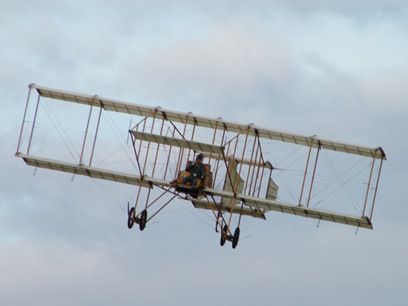
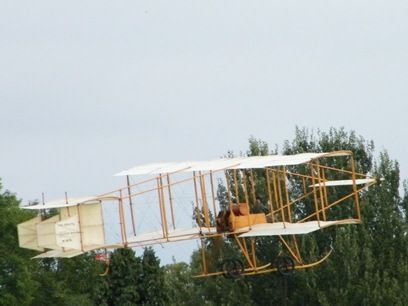
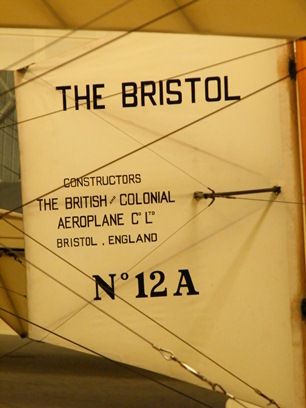
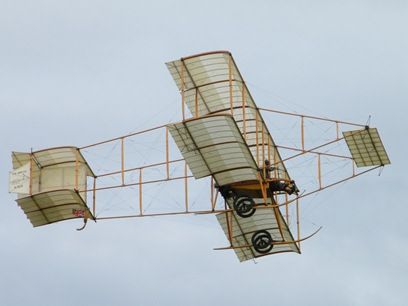
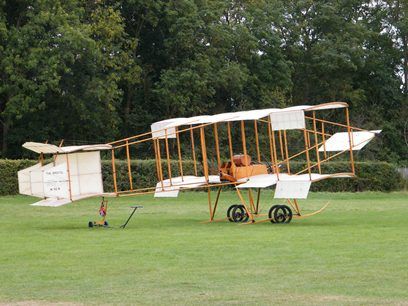
Good post! The Boxkite's control system is actually more interesting than your passing elevator comment would indicate - briefly;
ReplyDeleteThe *foreplane* and elevator (on the upper tailplane) are in a normal control loop attached to the control column; however rigging the two surfaces correctly is a bit more tricky than a standard stick-to-elevator setup, given their interrelation, and the tail surfaces are both lifting airfoils, rather than the later normal neutral or inverted airfoil type. Rudders on the Maurice Farman family (of which the Boxkite is but one) varied between one and three, but there doesn't ever seem to have been any keel area added. Most unusual is the 'ailerons' which were called 'balancers' at the time, and only have control cables to the control bar to pull them down, airflow otherwise maintaining a trailing position (there is, therefore, no pilot-input 'up' aileron option). On the standard Boxkite their are four balancers, on the military version, with upper wing extensions, there are six.
We are keen to learn how the military version flies, wit the replica under construction for the RAAF Museum for 2014's centenary of Australia's Central Flying School's first flight with the type.